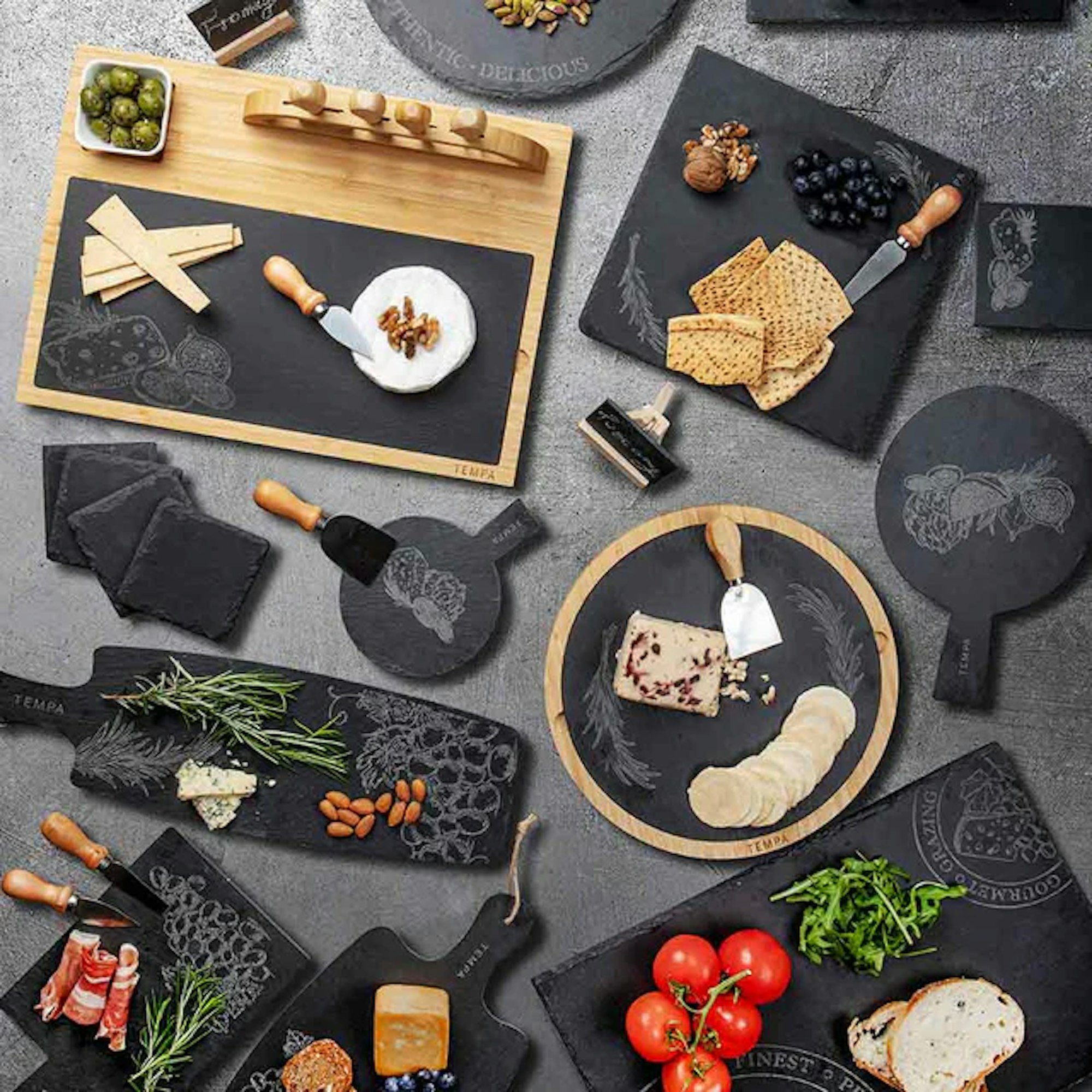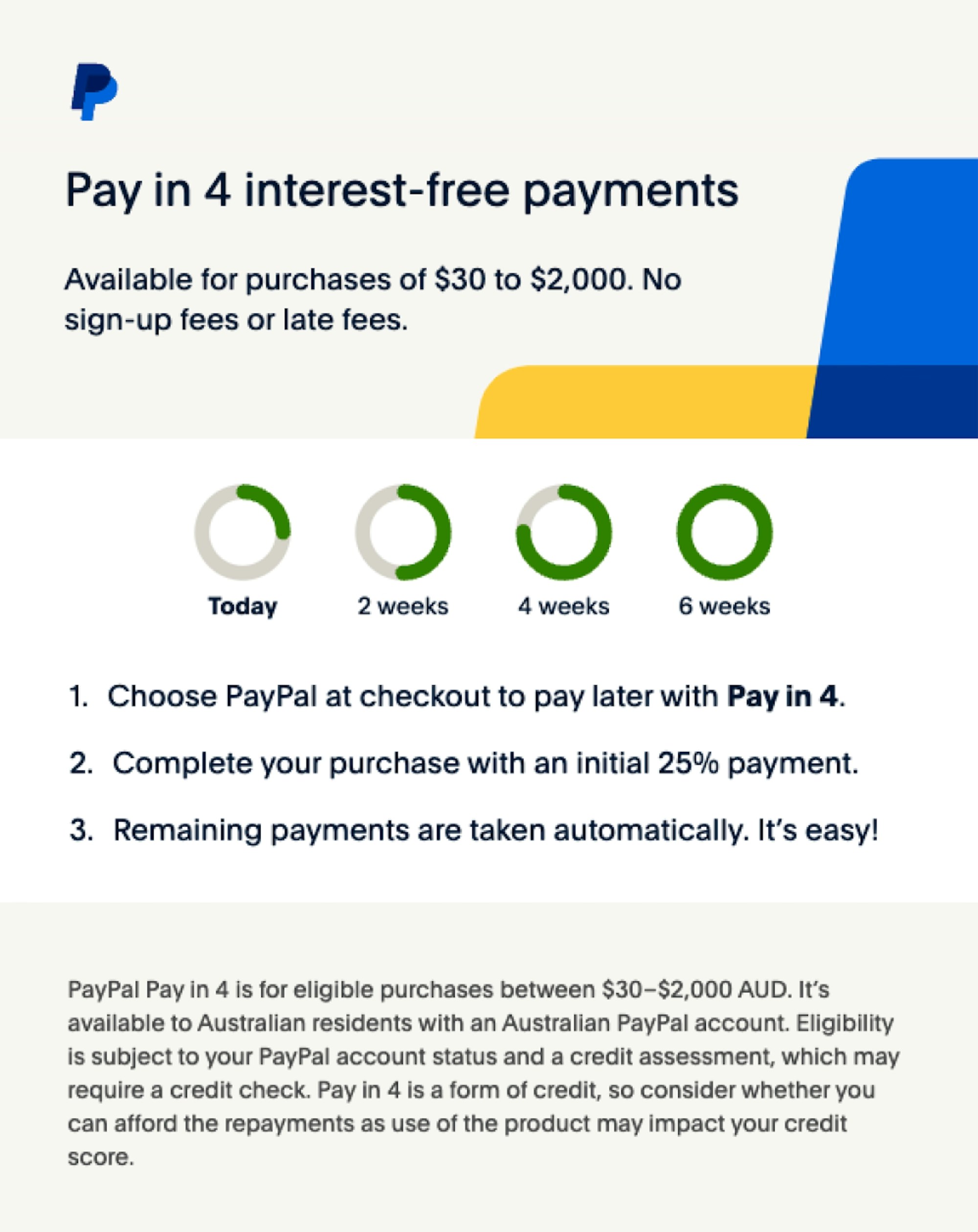How to Create a Stunning Charcuterie or Cheese Board

Creating a charcuterie or cheese board is an art form that combines culinary creativity with an aesthetic presentation. Whether you're hosting a party, a casual get-together, or just treating yourself to some gourmet indulgence, a well-prepared board can become the highlight of your event.
Here’s a comprehensive guide by Robins Kitchen on how to craft a stunning charcuterie or cheese board that will impress your guests and delight your taste buds.
What's the Difference Between a Cheese Board and a Charcuterie?
Hosting guests at your house can be stressful enough, but deciding what food and drinks to serve them can be even more stressful. Do you whip up a huge meal and have a sit-down dinner? You could take out some crackers and dip. Why not try your hand at crafting a charcuterie board that combines elements of both?
But before we get into the nitty-gritty details of making a charcuterie board, we should first determine the difference between a charcuterie and a cheese board. And yes, there is one!
A charcuterie or cheese board offers a feast for the eyes and the palate. But what sets these two apart? Let's delve into the differences and essential steps to prepare each one.
What is a Charcuterie Board?
Simply, charcuterie refers to meat and its preservation. A charcuterie board usually includes an assortment of cured and specialty meats artistically arranged on a wooden platter or tray.
What goes on a charcuterie board is also an important distinction to make. Usually inspired by French and Italian cuisine, charcuterie includes cured, dried, and aged meats. A good starting point when selecting meats is to choose from popular choices such as prosciutto, salami, soppressata, speck, and capicola.
What is a Cheese Board?
Traditionally, a cheese board does not include meat, however, more modern takes will usually include both charcuterie meats and cheeses, such as soft cheese, creamy brie, sharp cheddar, or even tangy blue cheese. Traditional cheese boards will usually have a variety of aged, firm, soft, or crumbly cheeses to provide a flavoursome hit.
In addition to the cheeses, cheese boards are usually accompanied by a vessel for the cheeses, such as crackers or bread. This will give your guests an extra crunch and pop of flavour. Adding fruits, nuts or jams can also add contrast to the sharp flavour on the board.
What to Do Before Making a Cheese Board?
Before you start assembling your cheese board, follow these preparatory steps to ensure a smooth and enjoyable experience:
1. Bring cheese to Room Temperature
- Cheese tastes best when served at room temperature. Take your cheeses out of the refrigerator at least 30 minutes before serving to allow their flavours to develop fully.
2. Assess your cheese boards
- If you plan to include dips, spreads, or small items like olives and nuts, have your bowls ready. This will make it easier to organise and place them on the board later.
- Ensure your cheese board is clean and dry before setting out the ingredients. A well-prepared surface sets the stage for a beautiful presentation.
What to Put on a Cheese Board?
Selecting the right ingredients is crucial to creating a memorable cheese board. Here’s what you'll need:
1. Choosing Cheeses
A great cheese board features a variety of cheeses that offer different flavours, textures, and complexities. Aim to include 3-5 types of cheese, ranging from hard to soft varieties, depending upon the event and number of guests:
- Hard Cheeses: Aged cheddar, Parmesan, or Gruyère
- Semi-Hard Cheeses: Gouda, Manchego, or Asiago
- Soft Cheeses: Brie, Camembert, or goat cheese
- Blue Cheeses: Gorgonzola, Stilton, or Roquefort
2. Choosing Fruits and Vegetables
Adding fruits and vegetables not only brings colour and freshness to your board but also complements the flavours of the cheeses and meats. Consider including:
- Fresh fruits: Grapes, figs, apple slices, or berries
- Dried fruits: Apricots or cranberries
- Vegetables: Cherry tomatoes, bell pepper slices, or cucumber rounds
3. Choosing Crackers and Breads
A variety of crackers and breads to complement the cheeses is essential for coupling the flavours above:
- Crackers: Include an assortment of plain, seeded, and flavoured crackers
- Breads: Sliced baguettes, breadsticks, or ciabatta
Ensure you have enough to pair with the cheeses and dips.
4. Choosing Meats
If you've chosen to have a cheese board with meat, cured meats can help add a smokey flavour. Choose a selection of meats that offer different flavours and textures:
- Sliced Meats: Prosciutto, salami, or chorizo
- Whole Meats: Soppressata or pate
- How to Serve: Roll or fold the meats for an attractive presentation
5. What Dips to Choose
Dips add another layer of flavour and can enhance the overall experience, especially if guests want to have dip and crackers or try a combo of the cheese and dip together. Consider including:
- Honey or fruit preserves
- Mustard or spicy jam
- Hummus, avocado or other savoury spreads
How to Make a Cheese Board?
Whether you want to craft a cheese board, charcuterie board or have a combo of both, we’ve highlighted the steps below for crafting an aesthetically pleasing and delicious serving platter.
1. Place Down Cheeses and Bowls
- Start by placing your cheeses and bowls on the board. Spread them out to create balance and visual interest. Consider varying the shapes and sizes for added effect.
2. Add Meat, Bread, and Crackers
- Next, arrange slices of cured meat, pieces of bread, and an assortment of crackers around the cheeses and bowls. Alternate between different types to keep the arrangement visually pleasing.
3. Fill Big Spaces with Fruit, Nuts, and Chocolates
- Fill the larger spaces with fruits, nuts, and chocolates. These additions provide variety and add colour and texture to the board.
4. Fill in the Bowls
- Add dips, spreads, honey, or jam to the bowls. These condiments enhance the flavours of the cheeses and meats, offering sweet, spicy, or savoury notes.
5. Fill in Any Spaces and Add Greenery if Required
Finally, fill in any remaining spaces with additional items or greenery, such as fresh herbs. This step ensures the board looks abundant and inviting.
What Tools Do I Need to Serve with a Charcuterie Board?
1. The Board
Choose a serving board that complements the presentation and accommodates all your ingredients. Options include:
- Wooden cheese boards
- Marble slabs
- Slate boards
Board Size
The size of your board will depend on the number of guests you’re serving. Generally, a medium to large board works well for small gatherings, while an extra-large board may be necessary for larger parties.
Serving Size Ratio
A good rule of thumb is to account for 50-75 grams of cheese and 25-50 grams of meat per person. Adjust based on the size of your gathering and the variety of other foods you'll be serving.
2. Serving Accessories
Ensure you have the right tools for a seamless serving experience:
- Cheese knives (for hard and soft cheeses)
- Tapas blanks
- Bowls for dips and spreads
Creating a stunning charcuterie or cheese board doesn't have to be daunting. With thoughtful preparation and a curated selection of ingredients, you can craft a visually appealing and delicious board. So go ahead, gather your ingredients, and let your creativity shine. Your guests are sure to be impressed!
For more great snack ideas for your next event, check out the blog section at Robins Kitchen now!
Back to blog


